Sometime in November 2024, I developed a non-life threatening medical condition forcing me to be (mostly) horizontal for several months. As part of an effort to stave off the beasts of boredom and apathy, I decided to write… a gear review?
This was written as a reference for California folks looking to buy a tent for backpacking specifically, in particular those looking to upgrade… I lay out my decision-making process in pain-staking detail below. Please keep in mind that this calculus is highly regional! I don’t pretend to know what is good for the Bavarian Alps, that would be dumb. Adapt this to your ranges of interest.
For the sake of completeness, if you’re buying your first-ever tent, I would recommend a cheap, backpacking oriented, free-standing tent for 2-3 people, something like this one – in 2025, with a little sleuthing, these’ll cost you anywhere from 100-200 dollars and weigh 4-6 pounds.
For everyone else, read on.
Prelude: What I was looking for in a backpacking tent
I’m of the opinion that Sierra climbers could often learn from the PCT’ers and thru-hikers – our altitudes are basically the same, and our basecamps are often not far off from the trail itself. I’m not going to miss this opportunity to plug Andrew Skurka and Backpacking Light – these sites are excellent resources, and can help answer almost any question you may have.
My activity of choice is a 2-5 day backpacking trip deep into the Sierra, with a large, traditional cliff face or ridge for me to climb (read: I’m carrying plenty of rock climbing gear). From an outsider’s perspective, I’m a strapped-for-time backpacker with an extra 15 lbs on my back.
The basic attributes of such a trip are:
-
A long approach (frequently >5 miles, less frequently >10 miles) and having to carry trad gear mean I care about weight and packability
-
Basically decent weather, but a rogue thunderstorm is often looming. The long duration stays mean that being able to wait out a half-day in camp is a desirable attribute.
-
I am almost always climbing with a friend, or even two – being able to fit 2 (comfortably) or 3 people (uncomfortably) would be a huge benefit.
-
Mosquitos suck, and there can be plenty in the Sierra, so a net of some kind would be nice
-
It should be relatively easy to set up. I frequently travel with less experienced people and would like them to be able to help around camp.
-
Finally, I would like some versatility: the ability to use it in shoulder season would be a huge plus! Things like guylines, or at the least guyline attachment points, were a must.
Having laid out the problem before us, let’s take a look at the available solutions!
Kinds of tents
Before we talk about specific models, we should consider the available sleep shelter types. I’ve ordered these from least-tent to most-tent.
- None: For short trips, our weather is absolutely stable enough for cowboy camping! If you do this, make sure you have a backup plan in case of an unforecasted squall. The plan can be a local mineshaft, a bivvy sack, you get the idea. BTW, protip: If you sleep under tree cover, you won’t lose as much heat to radiative cooling, either. You really can feel the difference!
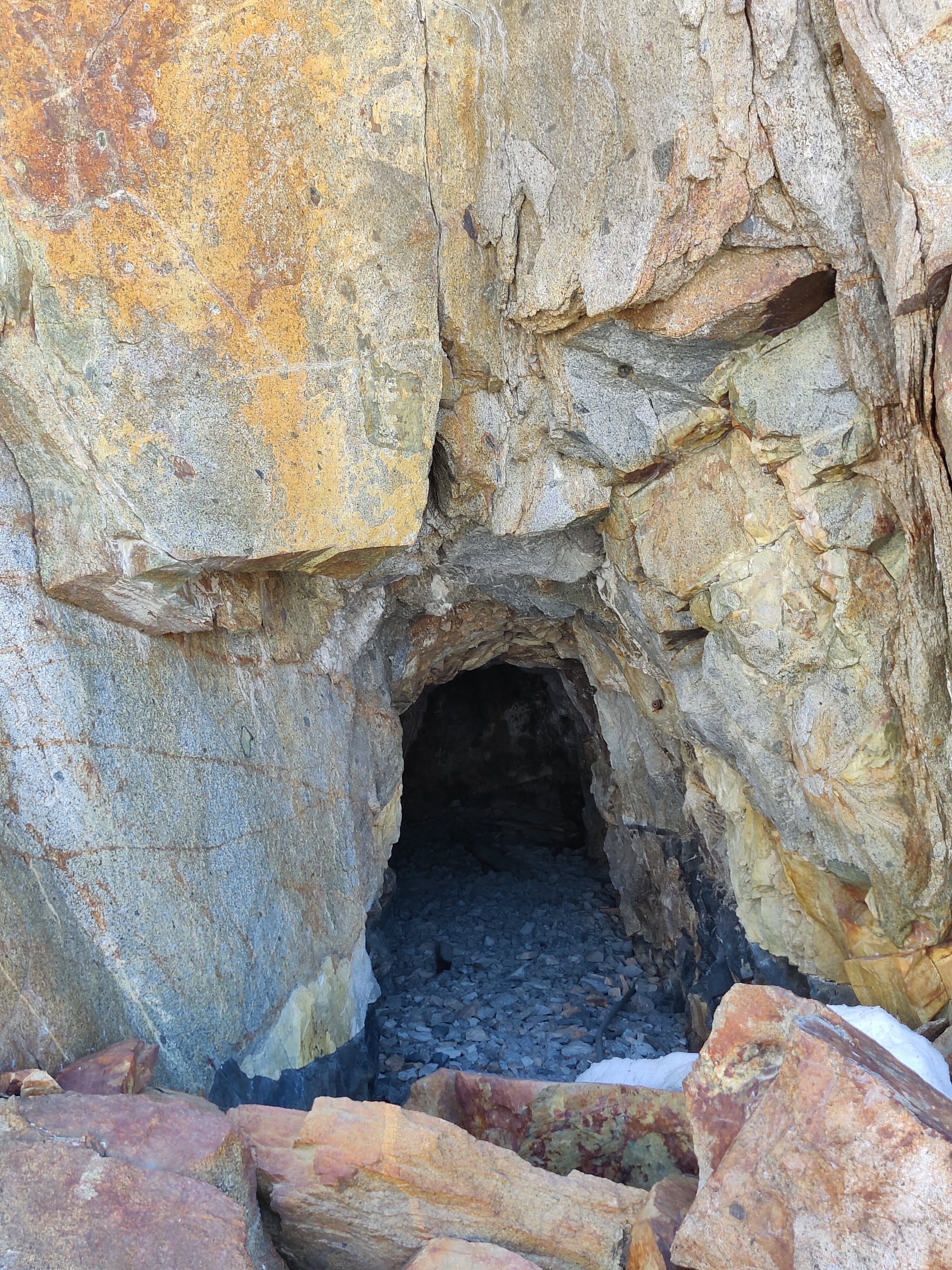
- Bivvy sack: An alright backup if you’re cowboy camping. Also appropriate for multi-day ridge adventures (inspo: Vitaliy’s set-up for his Goliath traverse). Personally I have only had the pleasure of using one of the cheap space-blankets once before. The +: it’s light and will protect you from wind and some rain, depending on the sack. The -: a lack of… well, everything. Condensation can be a bitch.
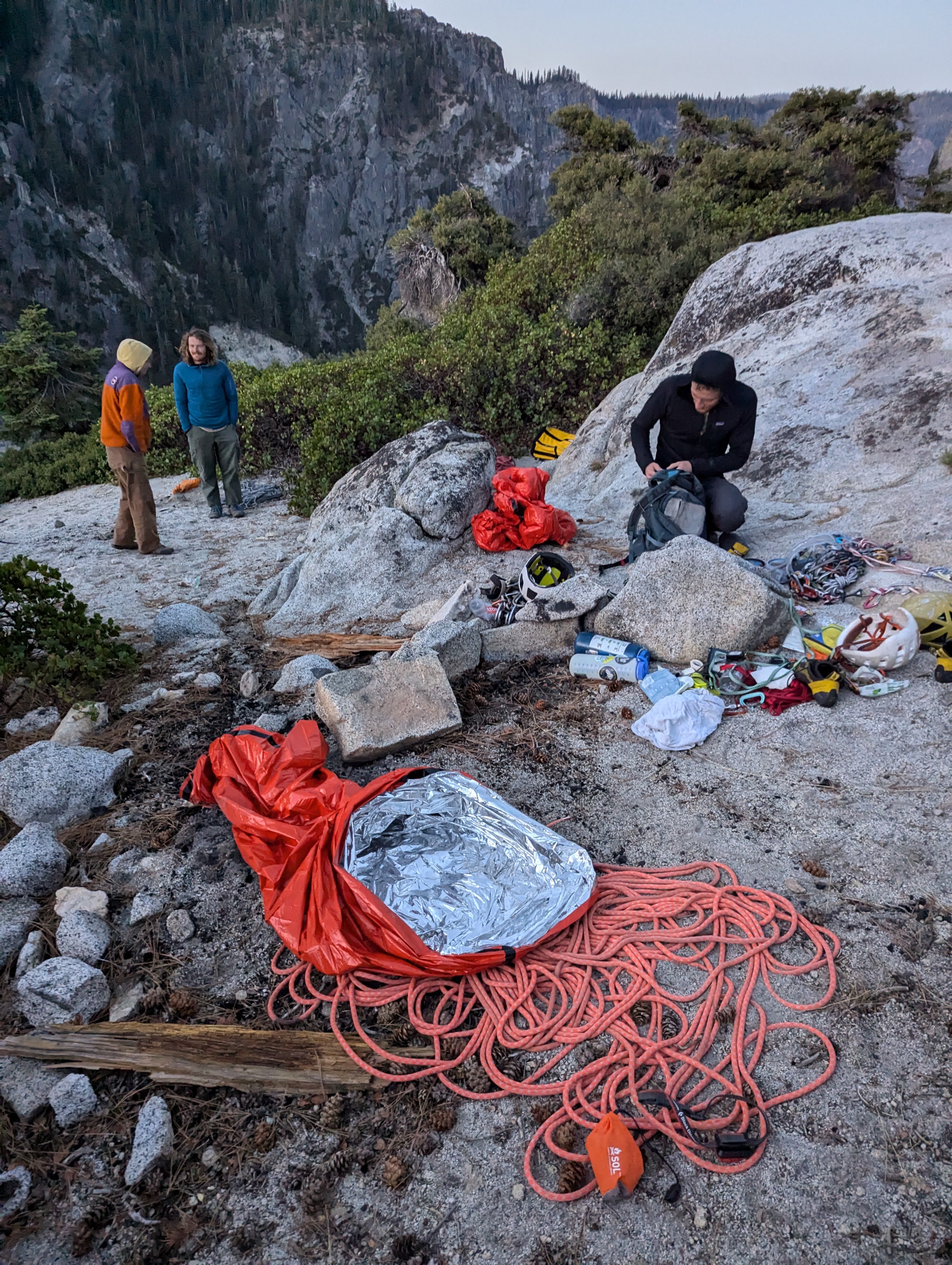
- Square Tarp: Finicky as hell, best leave this for the thru-hikers. Do not recommend it as a permanent tent solution. You’ve got better things to do.
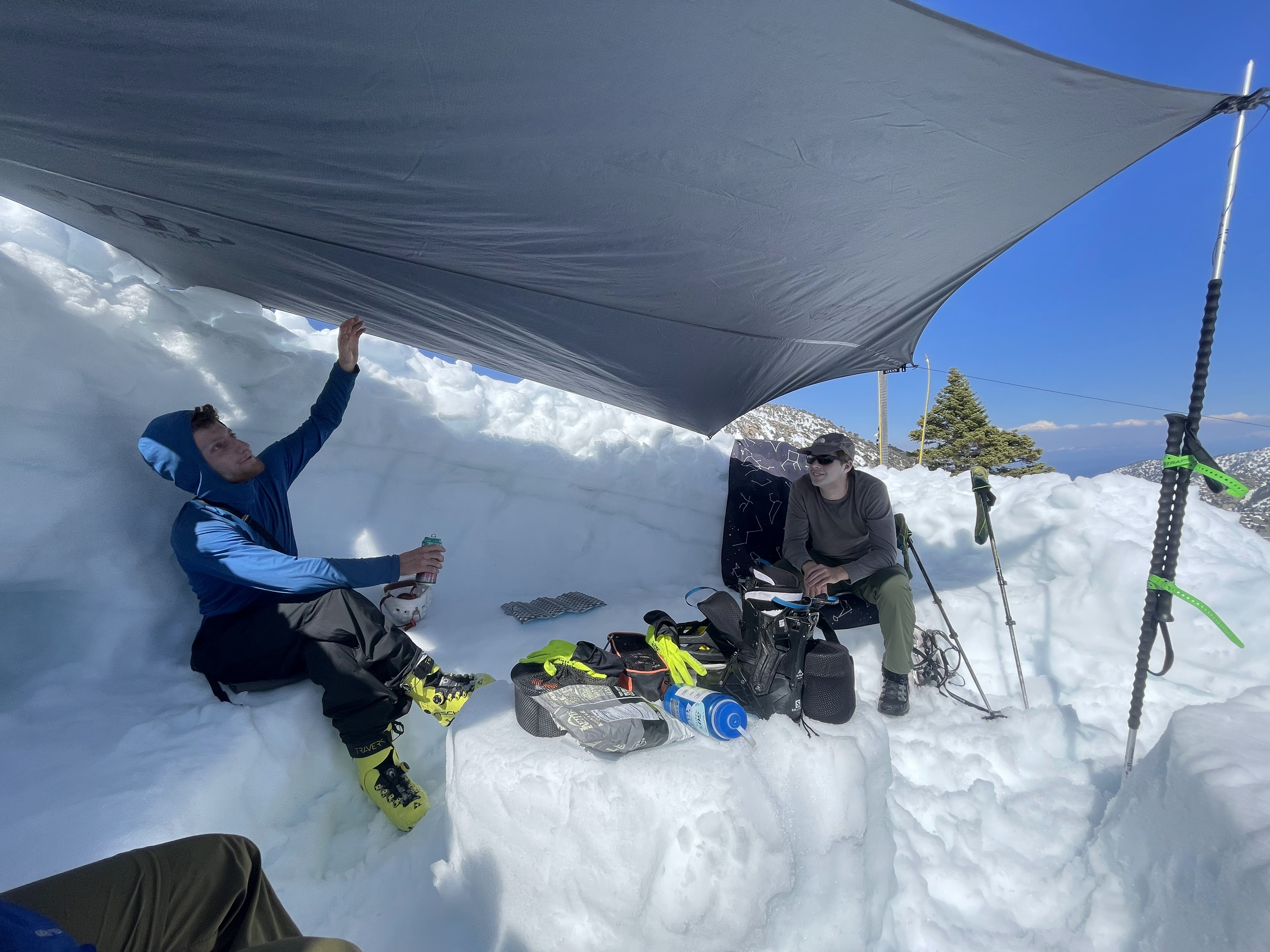
- Hammocks: Frequently hard or impossible to use above treeline, single person, and you will need to consider a tarp in case of inclement weather. Not a great one-stop option, but can be fun! png
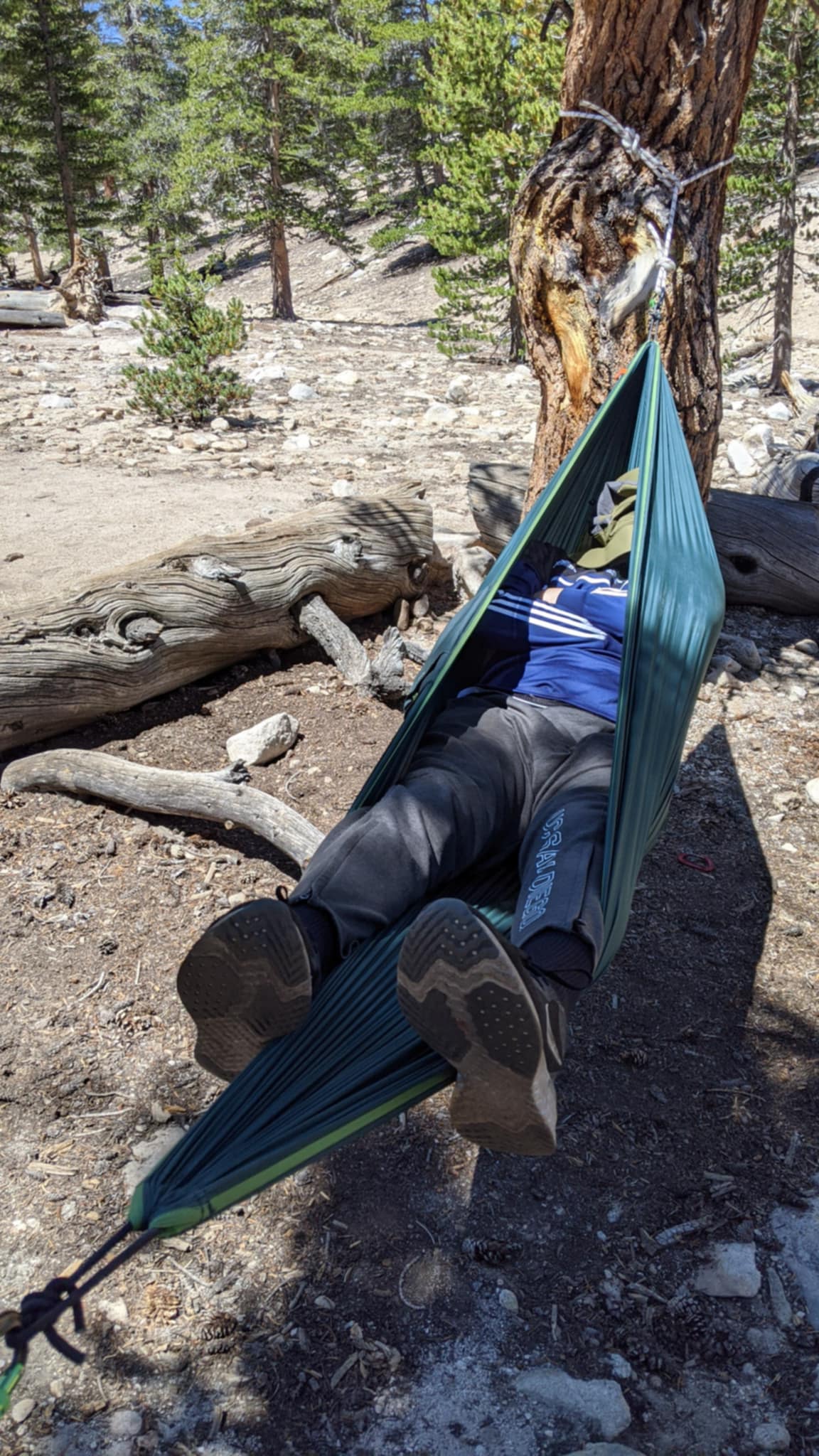
-
Mids: A popular choice for a mess or even for sleep in a winter setting, and I reckon an underrated choice in the summer. The major minuses are a potential for draftiness, and lack of bug-proofing. The presence of snow makes reducing drafts possible. Another caveat is that the footprint can be large, making them difficult or impossible to set up in tight quarters.
-
Trekking pole tents: There is a whole zoo of these, from the one your grandpa owned (not recommended), to basically normal tents that use trekking poles… in a sense, mids are also trekking pole tents! Since this is my preferred option, I will elaborate on it below.
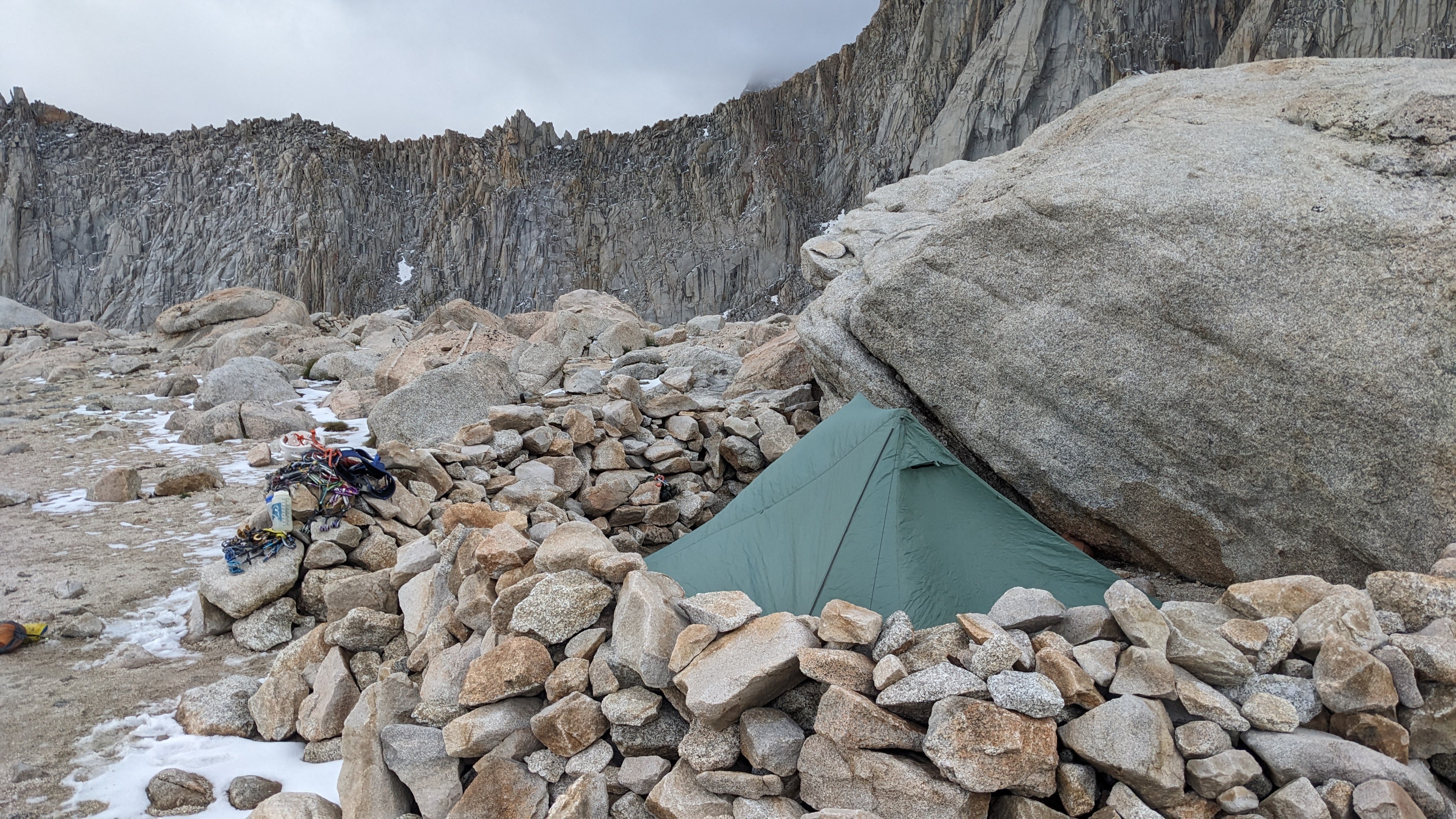
- Free-standing tents: The default! Many excellent options, though the convenience of poles can carry a weight penalty. I would say it’s hard to go wrong here – just make sure to look for long-term reviews to assess durability. In my view, a cheap, backpacking oriented-tent is a great first tent to start with because you can use it for literally everything, and you will keep using it as a beater ad-infinitum. However, the more expensive lightweight ones are not worth it unless you’re doing some crazy stuff.
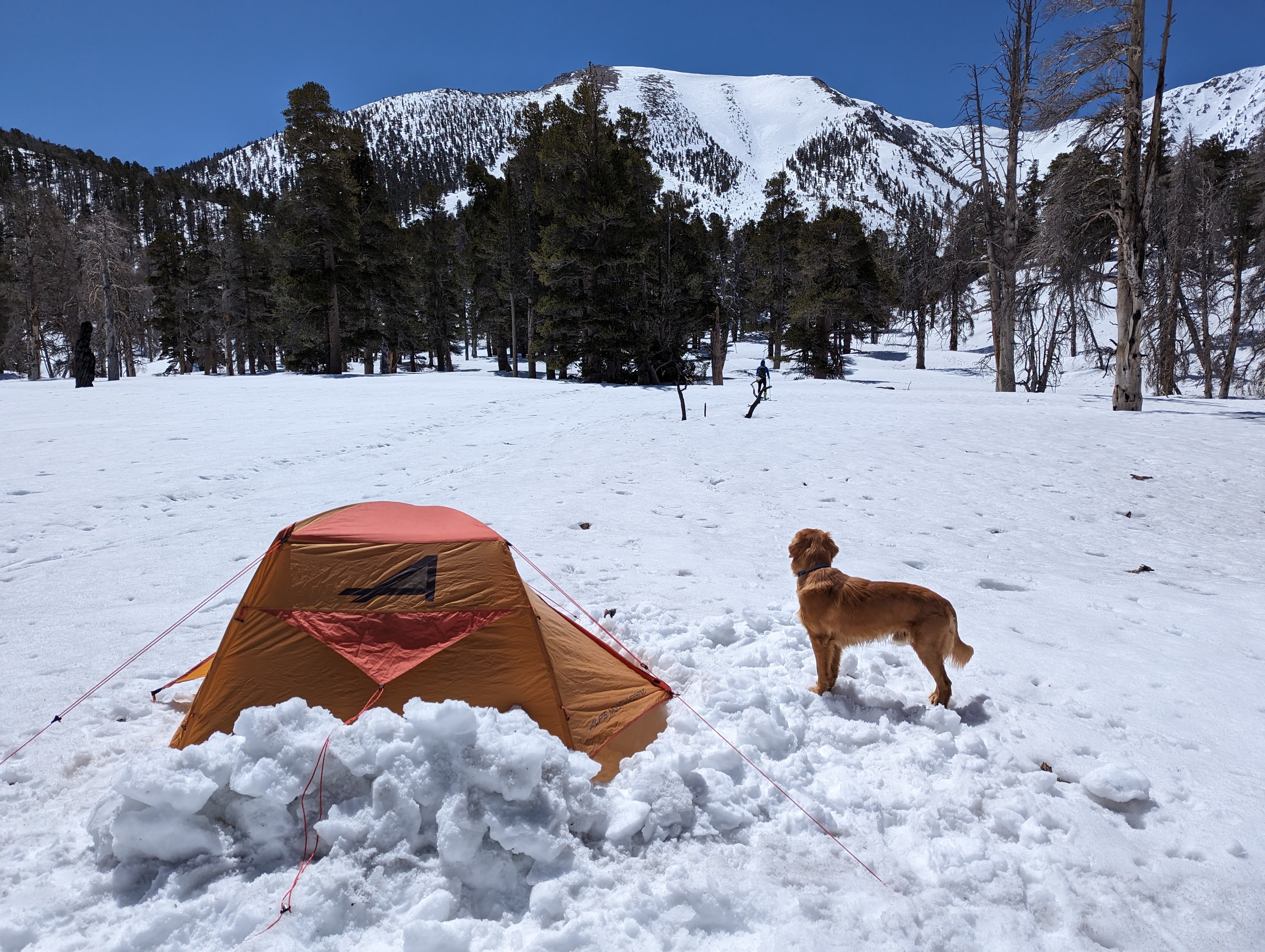
For all but the most extra of outings, I find myself with some kind of tent in my backpack. Moreover, in the hot and buggy summer months, I consider some kind of net to be basically essential if I’m going to backpack into Kings Canyon. In any case, even among trekking pole tents and free standing tents, there are many options to consider, which we discuss below.
Single and Double Wall Tents
The basic function of a tent is to protect you from bugs, wind, moisture, and cold. Bugs and wind are easy: they work exactly how you would expect. Bugs especially – you really just need a net.
Wind is also relatively straightforward – if there is too much wind, a tent will collapse, or maybe just make annoying flapping noises at night and leave you sleep deprived (the more common outcome). If there is a real possibility of any winds over 50MPH or so, you will likely want a 4 season tent so that the thing doesn’t collapse. These kinds of conditions can and do happen in California in the winter – food for thought! It is also worth noting that this is, obviously, a real drawback of mids; it’s very easy to end up with a gap that will cause a draft.
Temperature-wise, I have found that there is not a serious difference between various 3-season tents. This is reasonably well supported by more serious evidence (sadly a subscriber-only article) – only in very specific conditions do they observe a difference of more than a few degrees. As a consequence, other considerations should take priority. Even in shoulder season, the temperature benefit from a double-wall tent is not much.
Moisture is the truly challenging one. The problem is simple: if your tent is even marginally warmer than the surrounding environment, moisture will condense on the inside. You’ve likely already seen this happen in the mornings, in the form of dew or frost! There are practical solutions to this issue that you can implement to manage it in the first place. One of the solutions is simply to purchase a double-wall tent. This is exactly what it sounds like – there’s an inner tent (typically lighter material, maybe some window nets) and the outer tent (heavier, more waterproof material). This causes condensation to form on the outer wall of the tent, and not on the inside. By contrast, a single-wall has exactly one layer between you and the outside, which may cause moisture to form on the inside.
How hard is getting a consistent pitch?
Perhaps the greatest argument against a trekking pole tent is that in order for it to work, you need to be able to actually stake it out! Thus far, I have never had a real problem, but there are some tricks you need to learn.
For flat, rocky expanses the trick here is called ‘big rock little rock’ – take a big rock, loop a guyline around it, pull it taut. Take a big rock and place it in front – tada, you are done! I’ve included a video below, though I prefer to use bigger big rocks.
For very loose ground, occasionally I can fill a bag with sand and use that as a ‘stake’. Placing something firm under the trekking pole (like a rock, or a stuff-sack filled with hard stuff) can help.
As for snow – well, there are tons of resources out there. Anything from an ice axe to a deadman stick to a bag of snow to a snow stake to a picket can work!
It takes some practice, but it is absolutely doable. In my experience, the first couple pitches take a while (make sure to read the instructions!) but eventually you’ll get the hang of it.
Final Tent Choice
In the end, I ended up choosing between the Lanshan 2 and the X-Mid 2P Solid, finally going for the latter. Knowing what I know now, I would’ve gone for the non-solid variant of the latter, as having a nice view when I wake up can be nice, and it wouldn’t impact temps very much. If you do purchase this tent, there are some very helpful videos on Dan Durston’s youtube (also see).
My biggest concern purchasing this tent was the size of the footprint – I was worried it simply would not fit in most of the high-sierra bivvy sites made out of rocks. Thankfully, it has almost always been just barely small enough – I’m sure eventually it won’t fit into one, but in practice it hasn’t been an issue yet.
Approximately 2 years on, with easily 15 nights or more on it, it is holding up about how I’d expect. I do have a moderate durability concern at some of the seams of the inner, as they seem to be piling a little. A major unexpected benefit has been the outer-first pitch. This enables vastly more comfortable pitching in adverse conditions (seriously…), allows three people to sleep under just the rain-fly, and acts as an excellent party zone.
I’m happy to say this is an excellent backpacking tent, and I would highly recommend it.